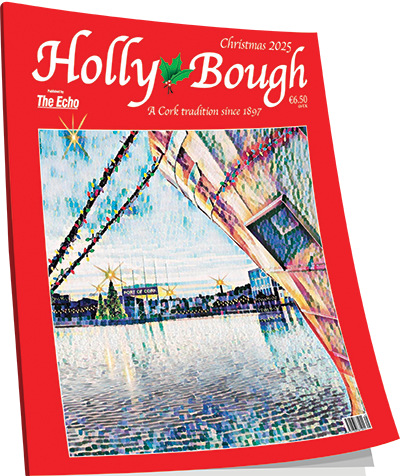‘A death is inevitable, yet we are ignored’: Cork city residents plead for lower speed limit
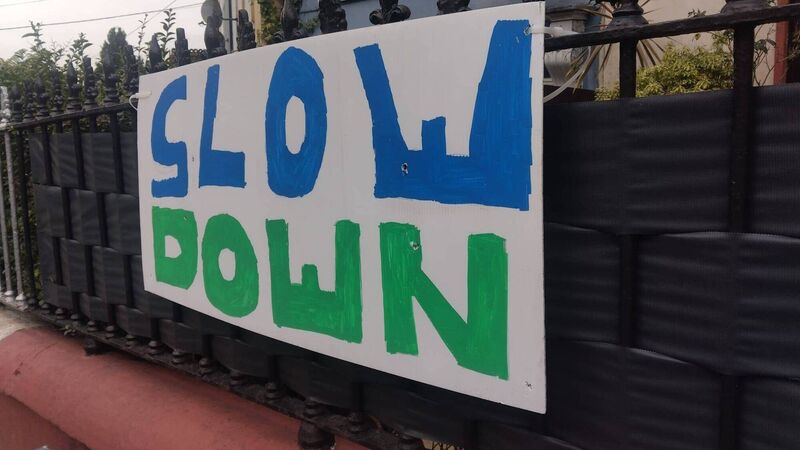
One of the signs erected by residents of Ballyhooly Rd and Summerhill.
Residents on the northside of Cork city have made their own signs asking drivers to slow down, amid fears that measures to designate urban residential areas as 30km/h zones are being dialled back, and increasing concerns that someone will be killed on roads in the area.
At the start of this year, councils implemented a reduction of speed limits on all rural roads from 80km/h to 60km/h, and it was said at the time that a further rollout of legislation would see speed limits in urban cores reducing to 30 km/h., But this has not yet occurred, and the Department of Transport has said that reductions will happen on a case-by-case basis rather than as a default, as happened with rural roads.
Edwina Roycroft of Ballyhooly Rd, south of Dillon’s Cross, said that they have been campaigning for speed calming measures for two and a half years and “we essentially got nowhere”.
Dangerous
“Our road is incredibly dangerous,” said Ms Roycroft.
“It’s a fully residential area and parking is only on one side, meaning people at the other side need to cross the road to get to their cars. The road has bends, twists and turns, yet cars speed up and down it.”
She said they have been told that speed cameras and signs which show the speed at which people are travelling cannot be used.
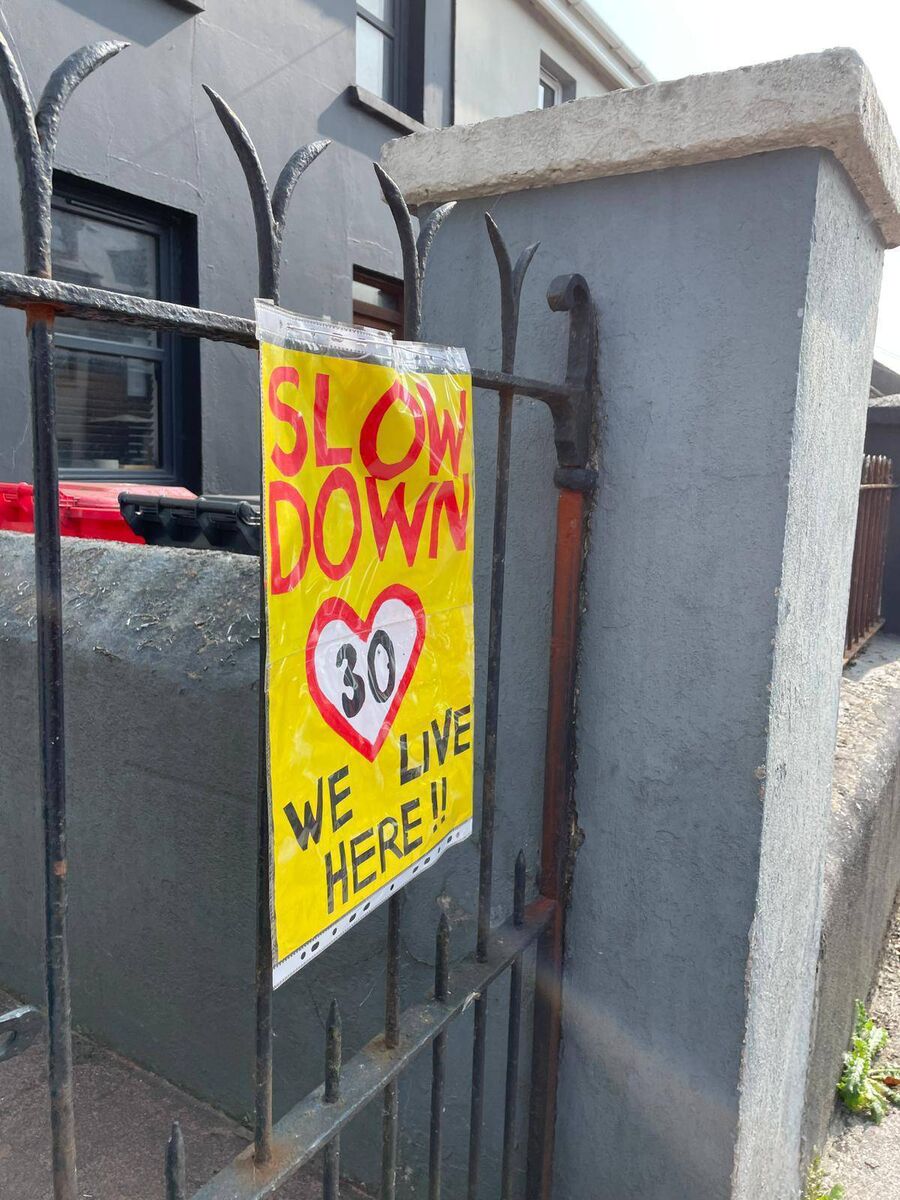
“We’ve begged for signs to be put up and been told they’re not allowed to put anything on the poles, despite the fact election posters go up there every single year.”
Concern
Ms Roycroft said they got “a little bit of hope” that it would be designated a 30km/h zone, but they fear these measures are now being dialled back, expressing concern that without signage and other calming measures, a new speed limit would not even make a difference as people do not observe the current speed limit anyway.
“There’s nothing to indicate it is a residential area or that children are crossing even though there’s four schools on the road. We have begged and begged for support, we’ve gone to City Hall, I’ve written letters — it’s just abhorrent.
“What we’re doing now is putting up our own signs. It’s really upsetting, I have young children myself and have had to cross this road with a buggy while huge articulated lorries and buses bomb up and down the road at well over 50km/h an hour.
“We have accident upon accident, people take doors off cars, wing mirrors, we’ve had people slam into electrical poles and cut out the electricity on the road. It is just wild what goes on, it’s only a matter of time before somebody dies and yet nobody is listening to us.”
Flying down the road
Ciara Eccles, who lives on the northern part of Ballyhooly Rd, said that her road was widened recently, so “people do 80km/h on average, they come flying down the road and suddenly it narrows and becomes twisty.
“We have elderly who are afraid to cross the road, young children — I have two six-year-olds and an eight-year-old and they are trained from birth not to go near the road, but we’ve had so many near misses.
“Recently, a load of rubbish came flying off a van that was speeding — a camp bed, an adult walker, a large picture in a frame — it literally missed my three children by a foot. If they had been a step closer they would have had broken legs at the bare minimum, but I suspect a lot worse.”
Ms Eccles said they have noticed a reduction in speed since hanging their own signs, and that people honked their horns in support while she was hanging the signs.
“If this single action by a resident could make a difference, imagine what we could do with proper measures.
“There’s a feeling within the area that we are being ignored, but it is making the residents stronger. We’re starting to form these committees because none of us want to have a death on our road on our conscience, but unfortunately it seems inevitable at this stage.
“We have huge trucks using our roads to access the city; meanwhile, there’s a big push for walking kids to school or cycling to school — the road is our biggest barrier.
“It’s about quality of life as well as safety, we just want to be recognised as a residential area.”
Urban village
Hugh McCarthy, who lives on Summerhill, told The Echo: “The city is treating this as a main road without residents, even though there’s a lot of schools, a lot of young people and also older people.
“St Luke’s Cross is really an urban village. In the evening there will be tons of people sitting out having a pint or a coffee.
“We’re looking for the speed to be reduced to a 30km/h, at the moment it is 50 but people always go faster, and we have a crash every other week. Something terrible is going to happen if there aren’t changes.
“Recently, York Hill has been closed and that diverts most of this school traffic up to St Luke’s Cross, that’s going to become extremely busy when schools reopen.”
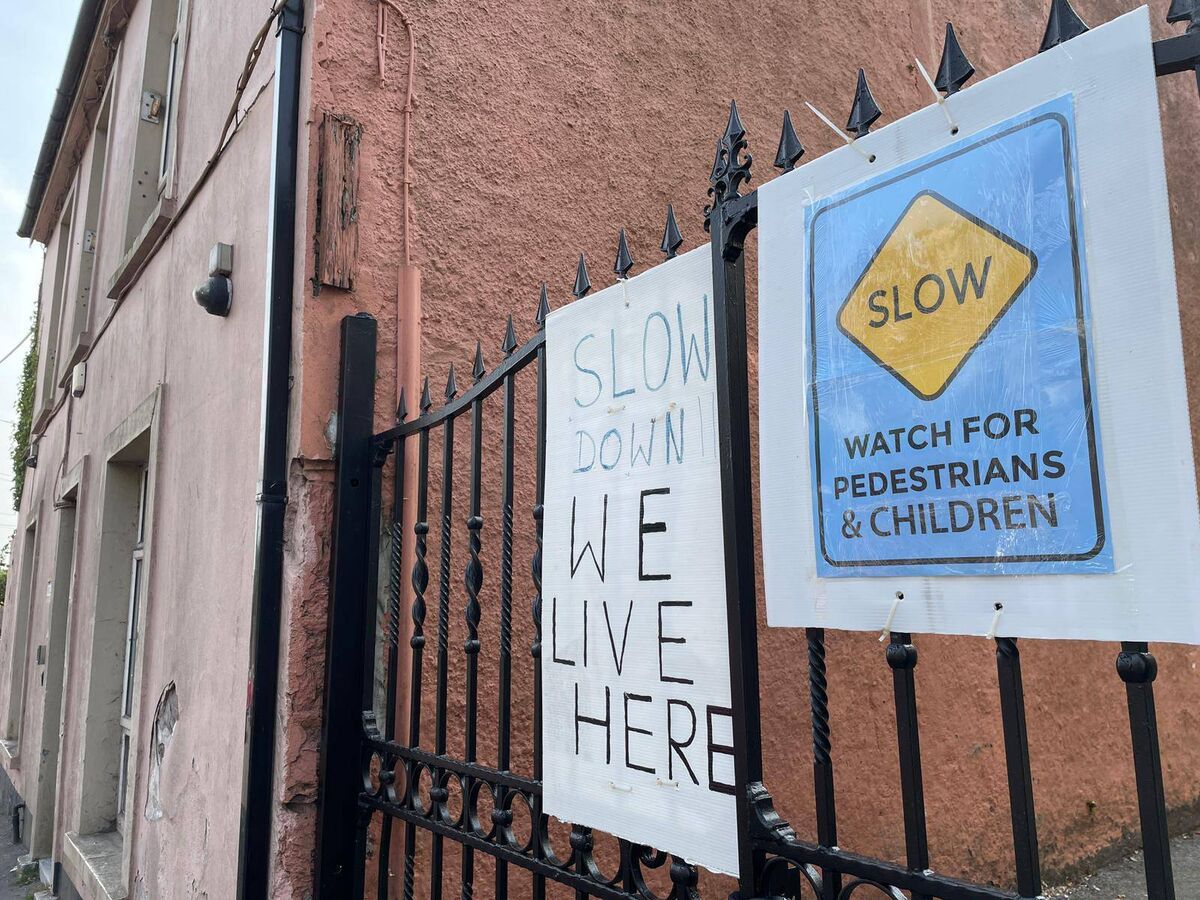
Green Party councillor for the area, Oliver Moran, told The Echo: “There was an assumption 12 months ago that speed limits would be lowered to 30km/h.
“With the change in Government, it’s unclear now what the approach will be for areas like Summerhill and Ballyhooly Rd. The fear is that they will continue to be treated like through roads, rather than the residential streets that they are.
“There have been multiple incidents of motorists losing control, causing really significant property damage. Thankfully, no one’s yet been killed, but it’s terrifying for residents.
“The local councillors have budgeted for traffic calming and radar speed signs, but these have been blocked by city officials for technical reasons.
“What’s needed is a radical change in approach to traffic in the area. Policies about prioritising neighbourhoods like these are there on paper, but that’s not happening in fact and the situation is getting worse.”
Default speed limit
A spokesperson for the Department of Transport told The Echo: “It is intended that the second phase of speed limit changes, the introduction of a 30km/h speed limit in built-up and urban areas, will be implemented by way of ‘special speed limit bye-laws’, at this time, rather than by way of a change in the ‘default speed limit’.”
They said it will be down to councils: “As the making of ‘special speed limit bye-laws’ is a reserved function, the speed limits on roads in built-up and urban areas will only be changed where a majority of the elected members vote to do so.”
To assist councils, the department is working on guidelines which they expect “will be finalised during the third quarter of 2025 and thereafter will issue to local authorities”.
“It is intended that the department will make funding available to support local authorities in the implementation of the speed limit changes.”
The Echo contacted Cork City Council for comment.


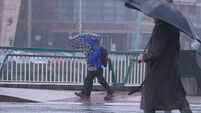




 App?
App?



